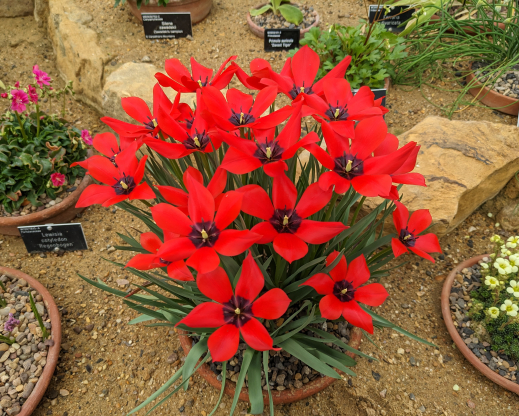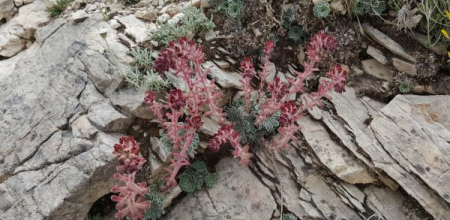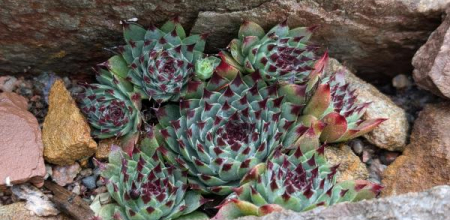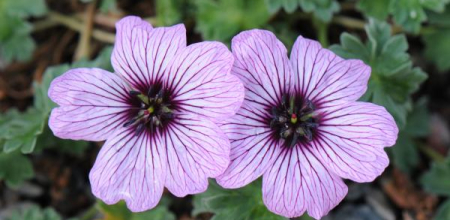Plant of the Month
Other plants of the month
-
Dec, 2024 Soldanella hungarica
-
Nov, 2024 Ranunculus parnassifolius
-
Oct, 2024 Sempervivum calcareum
-
Oct, 2024 Crocus nudiflorus
-
Aug, 2024 Geranium cinereum 'Ballerina'
-
Jul, 2024 Adiantum aleuticum
-
Jun, 2024 Trillium cuneatum
-
May, 2024 Fritillaria meleagris
-
Apr, 2024 Tulipa tarda
-
Mar, 2024 Trillium erectum
-
Mar, 2024 Gypsophila repens
-
Jan, 2024 Maihuenia poeppigii
- ‹ previous
- 2 of 17
- next ›
Tulipa linifolia
December 2025
This species tulip is native to Uzbekistan, Tajikistan, northern Iran and Afghanistan, where it grows on rocky hillsides. In the trade, it goes under several synonyms, the most popular being Tulipa batalinii. However, it also includes the "species" maximowiczii and afghanica. From a bulb, arises a stem to 10-25 cm, topped with a solitary flower about 6 cm in diameter. The flowers are typically red, but can vary from yellow, bronze to deep red. The foliage is narrow, grey-green,...





